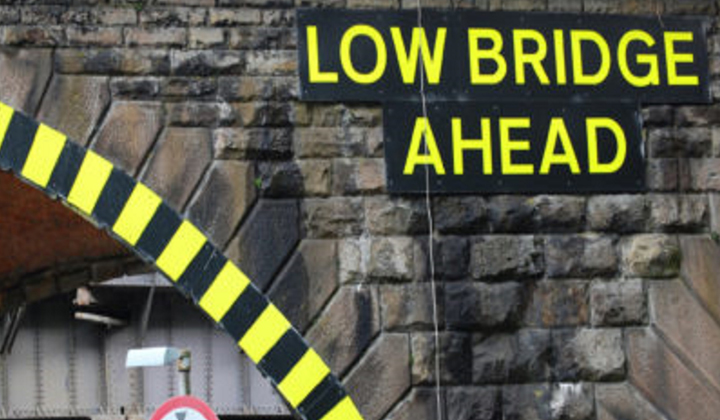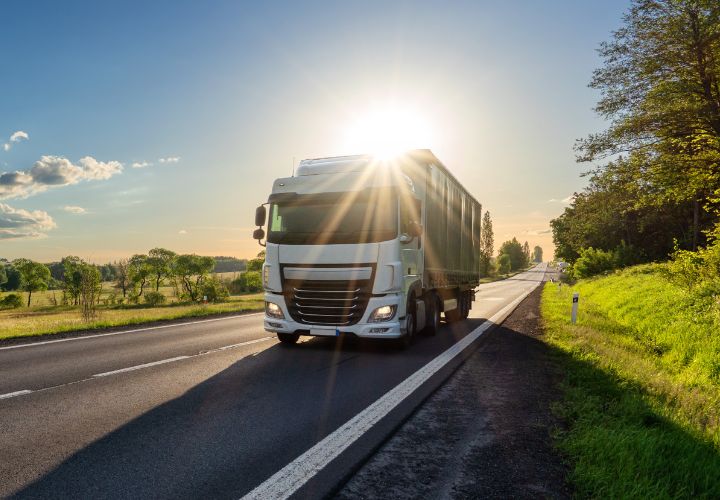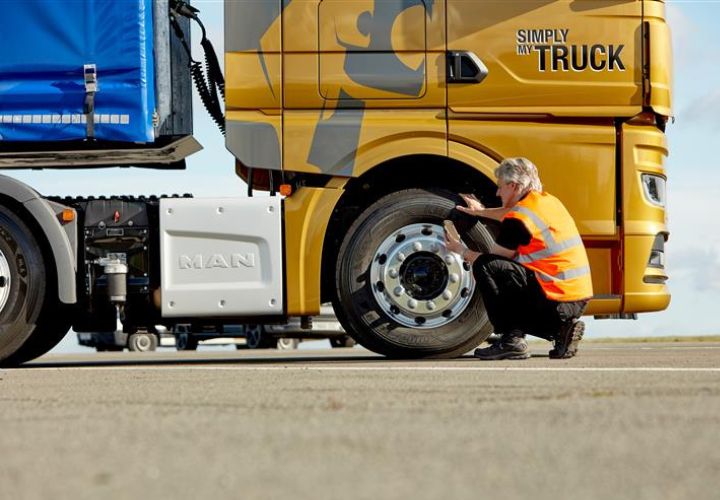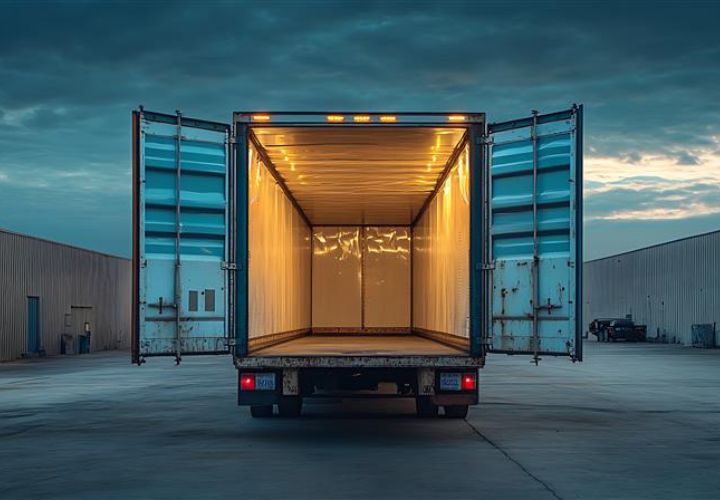With Black Friday and the Christmas rush almost upon us, and more large vehicles expected on Britain’s roads, Network Rail has revealed the most-struck bridges in the country and is reminding drivers and operators of their obligations to prevent costly and dangerous bridge strikes.
Network Rail has revealed the ‘most-bashed bridge in Britain’ was struck once a fortnight on average in the last year ahead of an annual spike in incidents coinciding with Black Friday and Christmas. The same data shows that railway bridges are struck five times every day on average across Britain, causing almost half a million minutes of delays for rail passengers.
The Watling Street bridge on the A5 in Hinckley, Leicestershire, claimed the title of Britain’s most-bashed bridge after being struck 25 times in the last year, causing unnecessary delays and safety risks for rail passengers, motorists and locals.
The second most-struck bridge, the Bromford Road bridge in Dudley, West Midlands, saw the most rail passenger delays attributed to bridge strikes with a staggering 4,300 minutes – almost 72 hours – of disruption from 24 bridge strikes.
The problem impacts on everyone across the country, with bridges in Norfolk, Scotland, Middlesex, Wiltshire, Cambridgeshire, Staffordshire, Hertfordshire, London, Somerset, West Midlands and Lancashire all making the top 20 most-struck list.
So what can drivers and operators do collectively to safeguard themselves, their assets and other road and rail users?
Drivers’ tips
- Know your vehicle height and width
- Plan your route
- Observe traffic signs.
Check before you go
- The security and safety of the load
- The height of the cab
- The height of a trailer, its load and equipment
- For passenger vehicles, the overall height
- Maximum vehicle width.
Use our Driver Hazard Warning App to avoid bridge strikes…
Microlise has examined the main causes of bridge strikes and has developed an award-winning product that can help to tackle these issues.
The background app runs on a Microlise in-cab device, providing a short audio and visual warning, as a height, weight or width hazard is approached, based on direction of travel and possible hazards based on possible routes.
When a driver inputs a vehicle profile, (or when it has been automatically populated by the system) appropriate tolerances are built in, and the app will only highlight relevant hazards, minimising ‘false positives’. Drivers can configure specific vehicle dimensions to ensure they will only be alerted to relevant hazards.
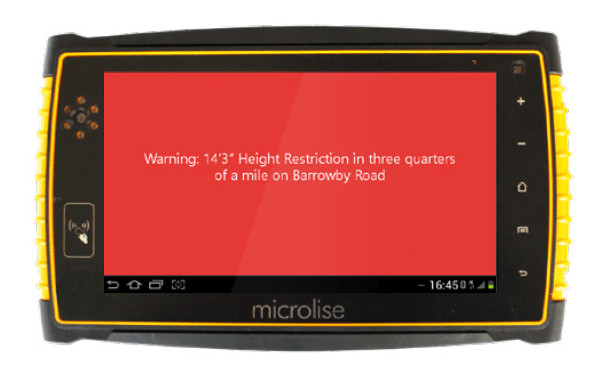
The Microlise R&D team created the DHW app which utilises a UK-wide database of collated local authority, crowd-sourced map data and Microlise’s own Big Data. This information is then applied to a bespoke map layer,that determines hazard routes and alerts drivers accordingly.
DHW is the result of a concerted body of work, from the Microlise product management and development teams. Drawing on insight from customers and other stakeholder groups, we constantly refine the application to help maintain the highest safety standards.

